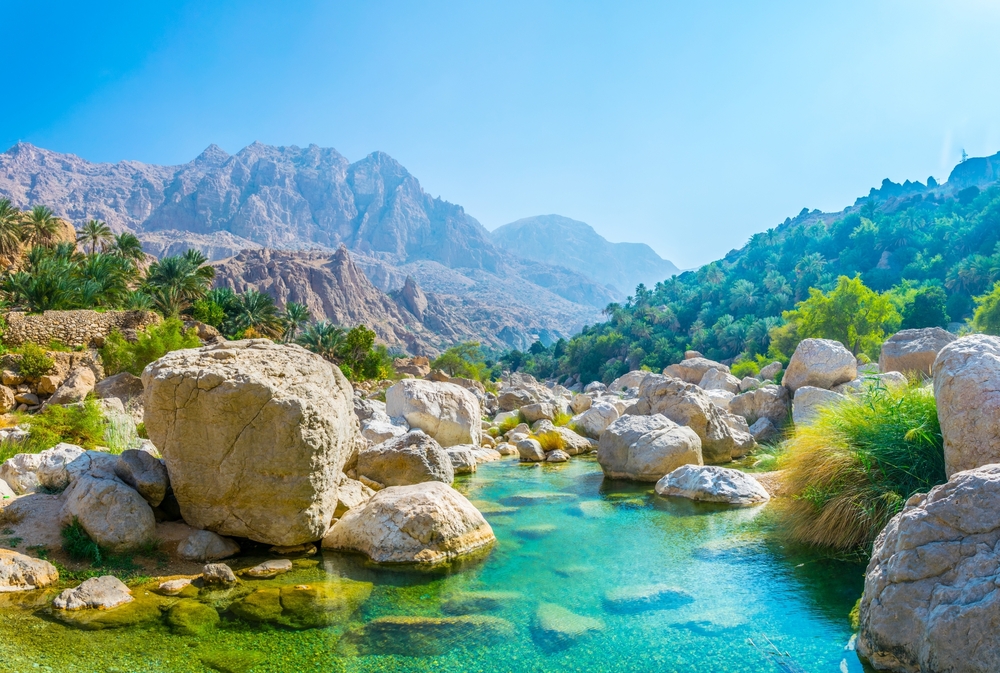
The barren, arid landscapes of global deserts may seem like unlikely spots for efforts at permaculture-based food forests, but food and climate activists are bringing food production systems of varying complexity to these unlikely climates. These new projects range from a combination desalination and solar-cooled greenhouse complex in the Australian desert that is growing commercial quantities of tomatoes and cucumbers, to a food forest built like an oasis out of found and repurposed materials in the deserts of Lebanon. What the varied projects all have in common is unique ways of capturing, reusing, and filtering water.
Water is becoming an issue on a global scale, as desertification turns clear-cut forests and jungles into barren landscapes unable to support plant growth. In addition to rapid desertification, rising population pressures and ways we are using water globally are coming to the attention of organizations such as the United Nation.
At this time, 60-80 percent of the fresh water on earth is used for agriculture. That includes agriculture for textile growth, such as cotton, and animal feed for livestock. That amount is not sustainable with the rapidly increasing global population. One of the more interesting and challenging responses to the need for changes in our water use and agriculture is the interest in growing crops in the desert using new technology and old methods of water harvest.
New technologies with salt water involve solar desalination, then using the water to provide evaporative cooling in greenhouses. Permaculture-based food forests are designed for small scale implementation, and the infrastructure for many of these food forests or oases are geotextiles that allow water catchment and filtration.
Many urban areas are using bio-swales to filter storm water runoff before the water enters the sewer systems. A similar way of building mini-swales allows geotextiles to line a depression in the ground, reducing water run off and filtering captured water, and various forms of mulch cool drought-tolerant plants that can grow in the heat of desert landscapes.
Greywater is similarly filtered and used in raised-bed or waffle-type growing beds. In addition, trellis systems allow vining plants to both grow upward, rather than on the ground, and concurrently provide filtered shade for other plantings. Once established with the help of geotextiles to capture and filter water, the plants themselves begin to do that job, while providing soil structure, nutrients, and synergistic growing conditions, such as establishing nurse trees for smaller undergrowth plants.
With rapidly evolving climate and weather challenges, many previously fertile lands are turning into deserts. New and old technologies, such as permaculture-based food forests and desalination technologies bring hope that these lands can once again support agriculture.







